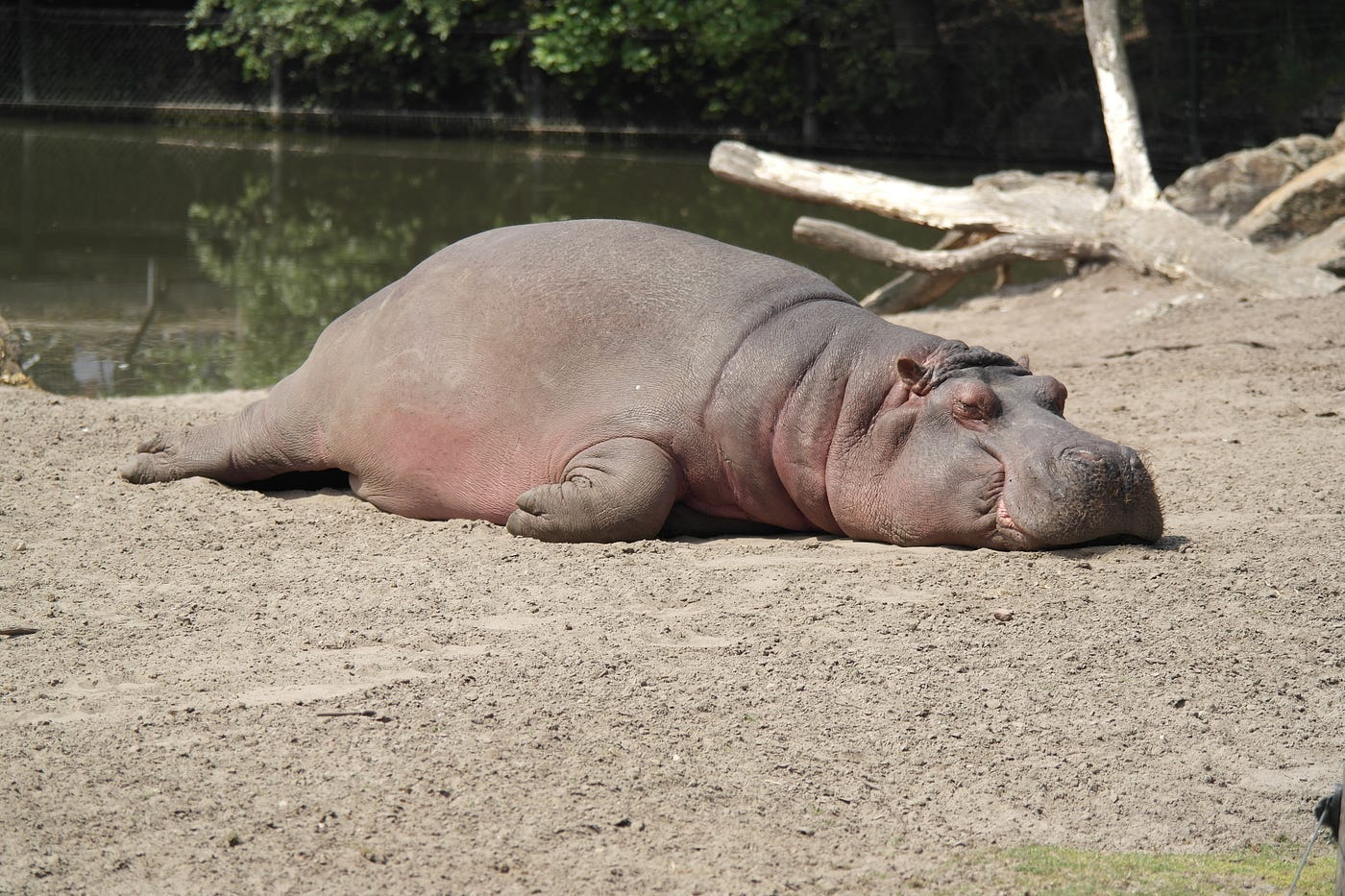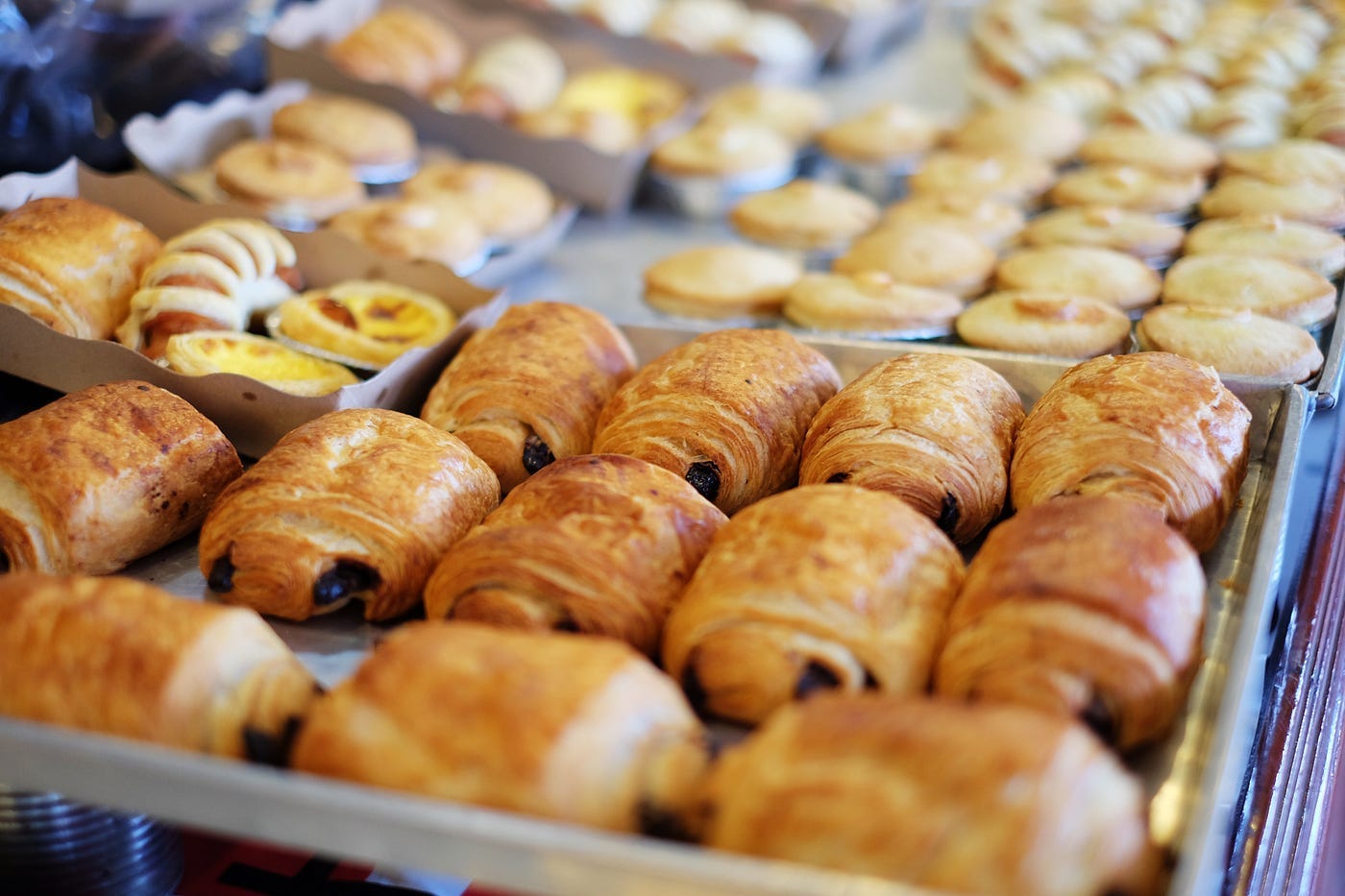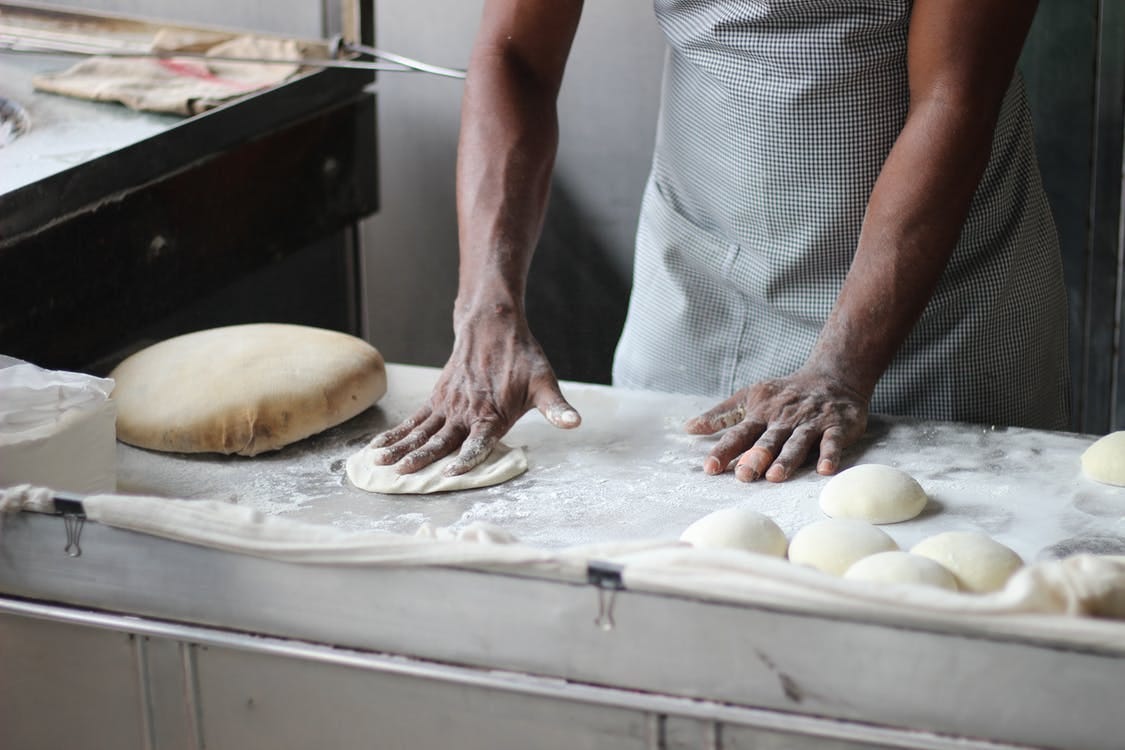Author’s note: This story took place 50 years ago this summer.
Just about everyone remembers their first job. For some, it might be a regular babysitting job. For others, it might be lawnmowing jobs, a paper route, or working in their family’s business. For me, it was working nights in a small hometown bakery the summer after I turned 17.
The bakery was located on what we called “Main Street,” even though its actual name is Wisconsin Avenue. It’s been years since it closed, and I don’t really know why it did. Most likely, there wasn’t enough business with the local supermarkets opening bakeries of their own. After all, a person can only eat so many doughnuts.
I drove by the place when I was in town for my sister’s funeral a few years ago. The storefront is still there and looks the same as it always has. Today, it houses a small furniture store with wooden furniture on display in the large front windows.
Next to it was a small cafe, where I decided to stop in for breakfast. As I walked toward the cafe, a Maine Coon cat looked down on me from the canopy of the furniture store. Unable to resist, I looked in the windows of the store, and at that moment flood of memories came to me.
In 1975, this building was Otterholt’s Bakery, and it was where I got my first real job. I was 17 years old, and like most kids my age, I wanted to earn money to buy the things I wanted. Growing up in a small town, my opportunities for summer employment were limited, however. With a population of only 3500 people, there are only so many supermarkets, gas stations, and drive-in restaurants.
Some of my friends had parents who owned businesses, and they worked there. Of the remaining businesses, you had to have an “in” with them, a connection, to get hired. Those business owners hired their own kids or the kids of their friends, and unless you were in their circle, the prospects for a job were dim. Small towns are like that.
One day, I saw a “help wanted” ad in the local paper for Otterholt’s Bakery. I wasted no time. I ran to the bakery as fast as I could and told the person behind the counter I was interested in applying for the job. She asked me to come to the back of the bakery to talk to Jerry. Jerry owned the bakery and was the only baker. I followed her to the doorway leading to the back. She called out to Jerry and told him that I was here to apply for the job.
Jerry was a big guy, standing 6'4" and weighing about 250 lbs. He had curly blonde hair and a big smile. He wore white pants, a white T-shirt, a long white apron, and a small white hat. He looked at me, smiled, and asked me only one question. “Can you get up early?”
Eager to please, but somewhat cautious, I asked him how early.
“You would be starting at 2 a.m.,” Jerry told me.
I put on my best smile and told him with as much confidence as I could muster that I could do that. In my head, however, I was saying WHAAAAAT???? You have GOT to be kidding!!!” I knew it wouldn’t be easy, but I desperately wanted the job. At that point, I would have said anything just to get the job. The truth was that I had no idea if I could get up that early or not, but I didn’t want him to know that.
He told me I was hired. I left the bakery feeling exuberant about finally having a job, but I also knew those hours would turn my world upside down. I had no idea what I had just signed up for.

The first thing I had to determine was when I would sleep. Gone were my eight hours of uninterrupted sleep. Instead, I carved my sleep into what I called my “long nap” and my “short nap.” I began going to bed at 8 p.m. and sleeping until 1 a.m., when I would get up for work. This is what I considered my “long nap.” When I got home from work at 10:30 a.m. the following morning, I would sleep for another two hours or so, which I called my “short nap.” This gave me seven hours of sleep each day if I was lucky.
If.
More often than not, my friends would call or stop by my house by noon, if not before. On those days, my short nap became shorter and sometimes non-existent. We spent those sunny afternoons cruising around town in my 1958 Dodge station wagon we called “The Wolf,” or going to the public beach at Crystal Lake where I would fall asleep on a towel in the shade, whether I wanted to or not. I didn’t so much go to sleep as I did pass out.
Other times, my friends would stop by my house in the early evening so we could take in a local water ski show or go to an underage drinking party. On many of those occasions, I would only get two or three hours of sleep before going to work. I struggled mightily to maintain a balance between my social life and my job, but it came with a cost.
I was slowly becoming a sleep-deprived zombie.
Despite the challenge of trying to balance my crazy working hours with the need to be with my friends, I was never late for work, not even once. I showed up hungover a few times, dead tired many times, but never late. Being reliable was important to me. I had promised Jerry I could get up early, and I was not going to disappoint him. I’m stubborn that way.
I knew nothing about baking. I had watched my mom make a cake now and then, and sometimes she would make bread, but for the most part, the entire process was a mystery to me. I had much to learn, and as I discovered, Jerry was more than just my boss. He was my teacher, and a patient one at that.
I learned how to do the job better each passing day and listened carefully every time Jerry explained something to me. The first things I learned were what all the different machines were and what they were used for. One was the deep fryer used to make the doughnuts. There was also a large mixer for making batches of dough. There was a huge oven with rotating shelves for baking, and 2 cabinets with pans of water that were heated by a gas flame, which were called “proof boxes.” This is where we put any dough that had yeast in it so that it would rise faster. In the middle of the work area was a large table with a butcher’s block top. Here is where we rolled out the dough and cut it into various shapes and applied the appropriate flavors of jelly.

After learning what the different machines were called and what they did, my first task was to fry doughnuts. Watching Jerry roll out the dough and cut the doughnuts with his cutter was like watching an artist in their craft. He was unbelievably fast and accurate. He could cut the doughnuts in such a way that when he lifted the cutter, the hole in the middle of the doughnut landed on his thumb. He would cut four or five doughnuts and then toss them to me to spread out on a pan.
Once I filled the pan, I put it into the proofing box for about ten minutes or so. This is about how long it took the dough to rise. I soon learned that if I left them in too long, they became too big and soggy, and when fried, they would not have the correct texture. There was a little wiggle room, but not much.
In the weeks and months to come, I would learn what went into making sweet rolls and why Jerry made the ones for the local restaurants larger than the ones sold in the bakery. I learned how to measure water in terms of weight rather than volume, and that even a 17-year-old boy in good shape will struggle to handle a 100 lb sack of flour.
I learned that even a seasoned veteran like Jerry could make mistakes. One night, we made all of the dough for all of the doughnuts like we always did. Jerry rolled out each piece of dough and cut them quickly into hundreds of individual doughnuts. Everything seemed normal.
As he was cutting, he stopped, looked at me, and asked, “Do you remember seeing me put yeast in any of that dough?” I told him I hadn’t, and the proof was in the proof box. Nothing was rising. We had to throw out all the dough and begin again. Jerry was apologetic and asked me if I was willing to stay a little longer because of that. I said I would. I would do anything for Jerry.
Jerry always played the radio when we were working. The summer of 1975 sported such hits as “Listen to What the Man Said” by Paul McCartney, “Send in the Clowns” by Judy Collins, and “Miracles” by Jefferson Starship. Other songs that played included “Fallin’ In Love” by Hamilton, Joe, Frank, and Reynolds, “Midnight Blue” by Melissa Manchester, and many, many others. To this day, whenever I hear any of those songs, I am immediately transported to the back room of Otterholt’s Bakery, so much so that I can almost smell the bread baking.
One of the most memorable parts of working nights was taking my break. Jerry kept 16-oz Cokes in the refrigerator and told me to take one whenever I wanted. When it was time for my break, I would grab a Coke and sit outside on the curb at the intersection. As I sipped my Coke and looked around, I knew I was the only person out there, a solitary figure in the quiet night.
There was just the empty street and a silence that permeated the town. I had never seen my hometown that way before or since. The pavement was still warm from the hot summer sun the day before. The bars had long since closed, and the people had gone home. It was too early for anyone to be on their way to work. It was just me.
When summer ended, I returned to high school to complete my senior year. I would no longer be working six nights a week, but I did agree to work on Saturdays. Then, with the onset of winter, there weren’t enough sales to keep me on, and Jerry let me go with the promise that if I needed a job next summer, it would be there for me.
In looking back, I know Jerry never regretted hiring me. I could tell from the way he reacted to me when I ran into him in later years. He always had a smile for me, and on more than one occasion, he bought me a beer at The Mug and Jug Tavern, his favorite hangout. The two of us would drink beer and recount that summer when we created most of the bakery goods consumed in our little town.
That was all long ago and far away now. And still, today, whenever I pass by the bakery section of a supermarket or plunge my teeth into a fresh doughnut or sweet roll, I sometimes think of Jerry and picture him kneading the dough, or cutting the doughnuts, and smiling that big smile he always had.




